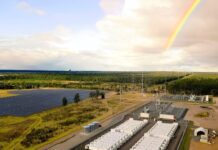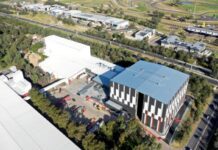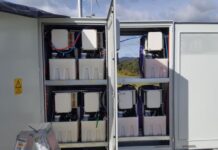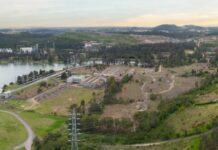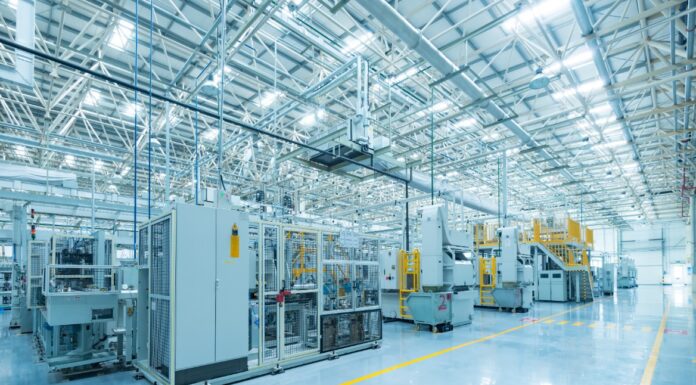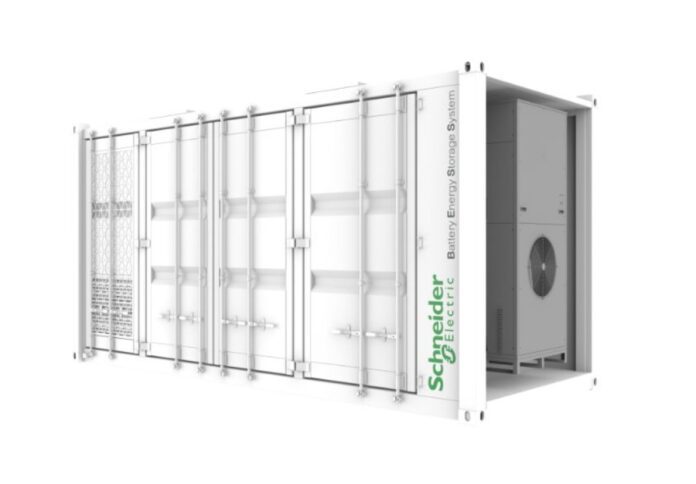
Schneider Electric has unveiled its latest technology – the all-in-one Battery Energy Storage System (BESS) – specifically engineered to seamlessly integrate into flexible and scalable architectures.
This BESS serves as the cornerstone for a fully integrated microgrid solution, leveraging Schneider Electric’s expertise in controls, optimisation, electrical distribution, and digital and field services.
As an integral component of a microgrid system, the company said BESS captures energy from diverse sources, stores it in rechargeable batteries, and enables its utilisation at a later stage.
Notably, Battery Energy Storage stands as the sole Distributed Energy Resource (DER) capable of accommodating a wide array of customer energy-use cases, including resiliency, demand-charge reduction, renewable self-consumption, and decarbonisation of electrical energy.
Bala Vinayagam, senior vice president of Microgrids at Schneider Electric, emphasised the company’s commitment to delivering reliable energy solutions.
“With over two decades of expertise in power conversion and batteries, storage is at the core of Schneider Electric’s proposition. Now, we are proud to introduce a solution that has been thoroughly designed and tested,” He noted.
Comprising battery modules, racks, a management system, power conversion unit, and controller, BESS has undergone rigorous testing to ensure seamless integration with Schneider Electric’s microgrid systems.
Fully integrated into the software suite, including EcoStruxure Microgrid Operation and EcoStruxure Microgrid Advisor, BESS offers commercial references and configurations aimed at minimising energy costs while enhancing performance and efficiency.
Key features of the BESS include full integration capabilities, easy installation and maintenance, safety compliance, resilience through bidirectional grid connectivity, and comprehensive support throughout the project lifecycle.
Available in a 20-feet NEMA 3R Enclosure, the BESS offers flexibility in power output configurations ranging from 250kW to 2MW.
Vinayagam underscored the significance of this innovation in meeting future energy demands and advancing grid enhancements amidst global efforts towards net-zero objectives.
“Amidst the global pursuit of net-zero objectives and the imperative for an enhanced grid, we are working closely with our trusted network of partners to deliver the technology required to fully unlock the potential of simplified battery storage and power conversion,” Vinayagam concluded.
For more information on microgrid technologies and energy resiliency, readers are encouraged to visit Schneider Electric’s blog.



